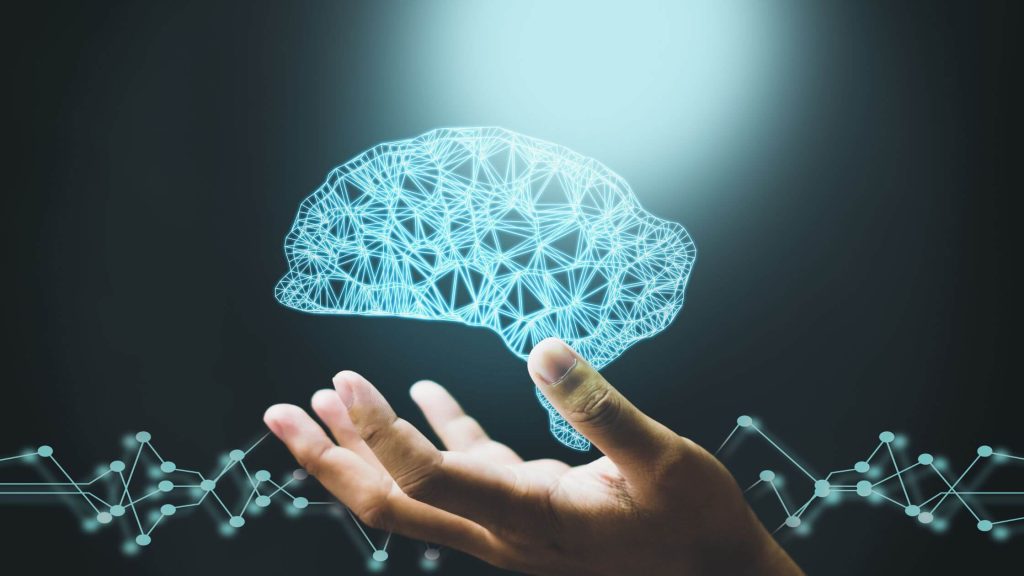In the era of Web3, the digital landscape has revolutionized the concept of ownership and intellectual property (IP). As entrepreneurs venture into the online realm, securing their innovation becomes paramount. This article explores strategies for protecting IP in the dynamic Web3 era.
Ownership is the legal right to possess, control, and dispose of something. In the context of IP, ownership refers to the rights and control over creations of the mind, such as inventions, artistic works, and brand identities. IP creates ownership for businesses by granting them exclusive rights to use and profit from their intangible assets.
The COVID-19 pandemic has further highlighted the digital inequality in society, emphasizing the need to address the right to technological access for all. As digital technologies become increasingly necessary for work, education, and socialization, it is crucial to bridge the gap of inequality and establish digital technology as a right for everyone. While the pandemic has double-clicked on the importance of IP as a fundamental right, some complexities need to be addressed.
Intellectual Property Infringement in Web3
The advent of Web3 has introduced new challenges in intellectual property infringement. The decentralized and borderless nature of Web3 platforms has increased the complexity of identifying and addressing IP infringements. Artificial Intelligence (IP) technologies, particularly generative AI, present both opportunities and risks.
As of 2023, there are several new ways of intellectual property (IP) infringement that have been identified.
Types of IP Infringement:
- Copyright Infringement:
This occurs when someone uses, reproduces, distributes, or displays copyrighted material without the permission of the copyright holder. It includes unauthorized copying, downloading, or sharing of protected content such as books, music, films, or software.
- Trademark Infringement:
Trademark infringement happens when someone uses a trademark (logo, brand name, or symbol) without permission, causing confusion or misleading consumers. It includes the unauthorized use of a similar mark that may result in consumer confusion or dilution of the original mark’s distinctiveness.
- Patent Infringement:
Patent infringement occurs when someone uses, makes, sells, or imports a patented invention without the permission of the patent holder. It involves using the patented technology or invention covered by the patent claims.
- Trade Secret Misappropriation:
Trade secret infringement involves the unauthorized acquisition, use, or disclosure of valuable confidential information, such as formulas, processes, customer lists, or business strategies, that provides a competitive advantage to a company.
- AI’s Impact on IP Infringement:
Artificial Intelligence (AI) has both accelerated and influenced the rate of IP infringement. Determining ownership of the content created by AI platforms can be complex. Questions arise about whether copyright, patent, or trademark infringement applies to AI creations and who owns the resulting content.
Conflicts between Intellectual Property and Web3
IP is traditionally ‘owned by an identifiable entity, which makes it necessarily centralized from a legal point of view. But how is a DAO (Decentralized Autonomous Organization) supposed to own the IP of the protocol it is supposed to govern?
Areas of IP and Web3 conflict include:
- Ownership and rights when multiple parties claim fractional ownership.
- Copyright infringement in a decentralized space when content can be easily shared.
- Web3 allows for quick and easy replication of digital assets leading to the proliferation of plagiarized and counterfeit works.
- Cross-chain copycats: While different chain protocols support NFTs, copycat versions can emerge on rival chains belittling the value and authenticity of original assets.
- Orphaned works: In a decentralized environment, creator identities don’t necessarily stay put with their work. Original owners cannot assert rights.
- Smart contract vulnerabilities can lead to unauthorized access or manipulation of IP-protected assets.
Other conflicts include license disputes, privacy and publicity rights, governance & consensus, international jurisdictions, and so on. Long story short, there is room for much guard railing and regulations.
Positive developments in IP and Web3
There are some unique technologies that are paving the way for better Intellectual Property in Web3 systems.
- Immutable records offer a transparent and tamper-resistant system that ensures information stored cannot be altered or erased. This provides a verifiable history of ownership and creation.
- Digital provenance helps track the entire lifecycle of digital assets from creation to transfers to ownership changes.
- NFTs allow creators to tokenize their works and establish a verifiable lifecycle line of ownership and provenance.
- Smart contracts can be upgradable and self-executing between parties ensuring that the IP owners’ rights can be automatically enforced.
- Decentralized IP marketplaces can facilitate the buying, selling, and licensing of IP assets removing intermediaries while saving costs increasing transaction speeds, and empowering creators to directly connect with their audience.
- IP protection in the metaverse ensures that IP rights in digital spaces are protected as smart contracts govern usage and permissions.
- Community governance in DAOs helps members participate in decision-making, voting, and ownership of shared assets.
- Web3 also empowers creators from different parts of the world to collaborate seamlessly on projects facilitated by smart contracts and blockchain-based communication platforms.
Web3 holds the potential to foster creativity, and true innovation while safeguarding the interests of every stakeholder. As the ecosystem matures, it has the potential to revolutionize the way intellectual property in Web3 is managed, shared, and protected in the post-pandemic digital age.
FAQs on Intellectual Property and IP Rights for Web3 Entrepreneurs
- What are IP rights in Web3?
Intellectual property rights pertain to creative products of the mind, but enforcing them in the digital age is challenging due to widespread copying. Nonfungible tokens (NFTs) offer exciting possibilities for modernizing various assets but present new challenges. Issues include defining ownership rights for NFTs, addressing theft risks, and preventing the creation of unauthorized replicas on rival blockchains.
- Do traders get IP rights when they buy an NFT?
Buying an NFT doesn’t automatically grant intellectual property (IP) rights. Examples like Jack Dorsey’s tweet and The New York Times article show that NFT buyers don’t own the copyright. Some NFT collections, however, like Bored Ape Yacht Club, do offer full IP rights, allowing users to profit from their NFTs through various ventures.
- Give me examples of NFT collections that give full IP rights to owners.
Several NFT collections, including Bored Ape Yacht Club, have granted full intellectual property rights to owners. This enables owners to profit from their NFTs, such as through music videos or brand collaborations. However, theft and legal uncertainties can still arise, affecting the protection of IP rights.
- Can NFT and Web3 protocols be used to transfer IP rights seamlessly?
NFT and Web3 protocols, exemplified by InvArch, aim to certify the authenticity of nonfungible assets, protect uniqueness, and streamline IP rights management. This approach could revolutionize the creative sector, enabling decentralized music studios, record labels, and collaborative projects while safeguarding individual artists’ IP rights.
- Can smart contracts work as IP agreements?
Smart contracts can facilitate IP agreements through blockchain technology. InvArch envisions on-chain agreements for desirable NFTs like CryptoPunks and Bored Apes, allowing copyright owners to establish lucrative income streams and enhance the value of their digital assets.
- How can IP assets transform DAOs, DeFi, Financial Markets & Payments, and the Metaverse?
InvArch’s infrastructure can rapidly create decentralized autonomous organizations, making it easier for nonprofits to fund IP development without relinquishing rights. It also provides stronger protection for metaverse builders and unlocks new business opportunities in the DeFi world. The project’s technology aims to make IP theft nearly impossible and reduce centralization in IP protection, offering a cost-effective solution.
How AI is helping IP in Web3
The following are ways to start securing innovation in Web3:
- Counterfeit Detection and Production: AI-powered algorithms can analyze patterns, images, and data to identify counterfeit products. However, AI can also be used by counterfeiters to improve the quality and production of counterfeit goods, making it harder to distinguish them from genuine products.
- Online Piracy and Copyright Infringement: AI can be used to automate the process of generating and distributing pirated content, such as movies, music, and books. It can also be utilized to remove digital watermarks or modify content, leading to copyright infringement.
- Patent Mining and Infringement: AI can quickly analyze vast amounts of patent data to identify potential infringements or areas where patent boundaries may be blurred. This can lead to increased risks of accidental or intentional patent infringement.
Securing IP in the Web3 era requires entrepreneurs to be proactive, informed and adaptable. By understanding the changing landscape, harnessing the power of IP rights, and responsibly leveraging emerging technologies, entrepreneurs can protect their innovations and navigate the digital realm successfully.






